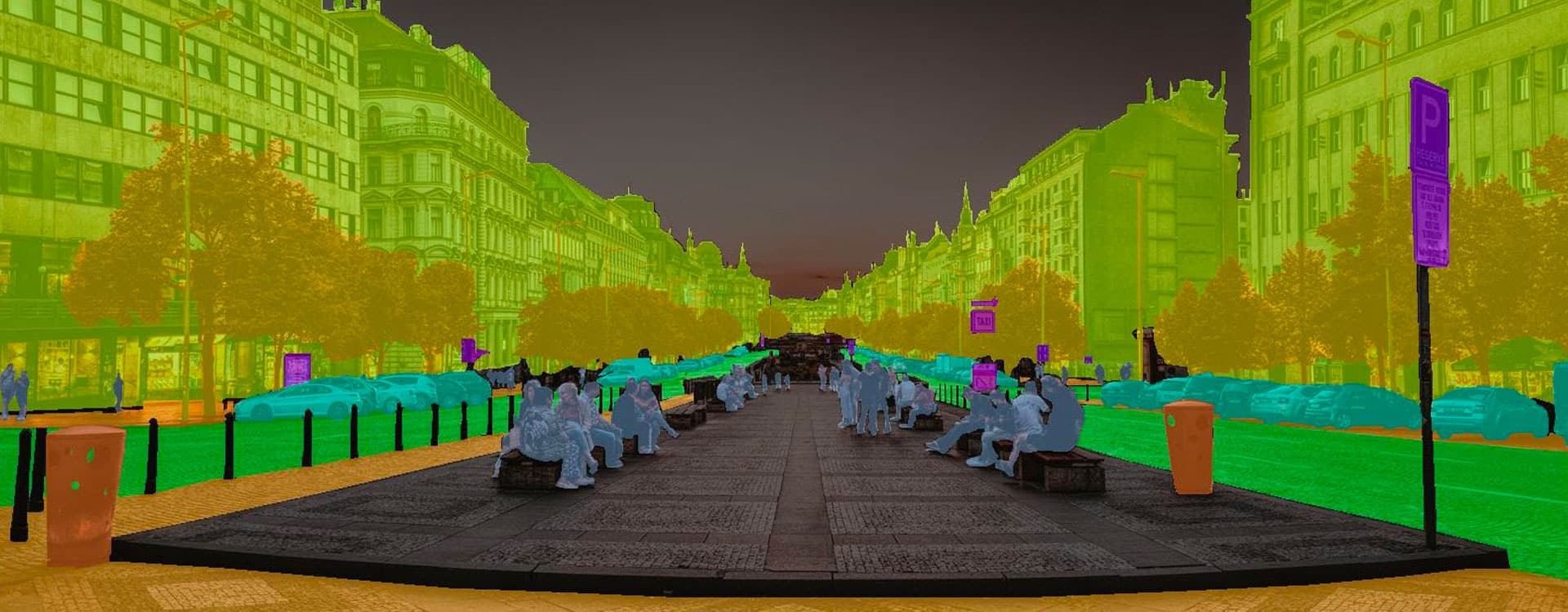AI-based solutions are the way forward for every industry, and AI solutions across industry segments require large volumes of data labelling. “Supervised Learning” models are trained with accurately labelled large datasets. Semantic segmentation is one of the main challenges in computer vision as it takes quite long to accurately segment an image. Scaling the dataset with accurate labels is a humongous task when done manually. Automated annotation is the solution for data labelling volumes for various AI solutions across different industry segments.
Levels of Automation
In the context of estimating the outline of single or multiple objects in an image or many images, there can be three levels of automation.
- Level 1 – outlining an object in an image.
OpenCV framework provides classic computer vision methods for identifying an object in an image. The annotation platforms leverage these to cut down the annotation time drastically. However, the tools developed require human intervention and helps only to the extent of avoiding a human selecting each pixel to be annotated. Usage of automation tools can bring down the annotation time by at least 15% to 20%.
Automation tools
• Edge detection feature – Edge detection is one of the most persistent problems in computer vision. It requires detecting the edges in an image to determine object boundary and thus separating the object of interest. It determines the boundary by observing the change in the gradient of intensity on each pixel.
• Magic wand – Magic wand finds similar pixels near the selected pixel for a given range and selects the area accordingly. Magic wand can be used to segment pixels that are spread across and obstructed by other objects in the foreground.
• 4 point – 4 point is an AI powered tool that delivers high-quality annotations by converting 4 single points into multi vertices polygon to provide rapid acceleration of annotation times. 4point tool is appropriate for dynamic objects on dynamic backgrounds.
Annotation platforms with pixel-based editors and vector-based editors support the identification of industry specific objects. The vector editor is mainly used for instance segmentation and object detection, while the pixel editor is mainly used for pixel-wise annotations and semantic segmentation.
- Level 2 – Deep learning-based tool
AI assistants learn in the background as the human annotator is performing the annotation and support in achieving higher level of automation. This level of automation can be applied if there is adequate confidence on the model after quite a bit of manual annotation. However, human intervention is still essential to validate the annotation and make any corrections.
There are platforms with proprietary and openly available ML models that integrate with them to support this level of automation.
- Level 3 – Fully automated
Fully automated annotation is a farfetched possibility. This would be an ideal scenario where multiple objects on multiple images are automatically annotated in a single click of the button. Successful implementation of level 3 automation can eliminate the step of annotation in data preparation for ML models. However, the risk in this level of automation is also very high. The errors in automation can lead to a lot of rework and inaccuracies in the ML model. 95% confidence level will be required to successfully use this level of automation.
Outcomes of automated annotation
Speed, Scale and Cost Efficiency can be achieved with automated annotation. Labelling large volumes of data by humans leads to repetitive and monotonous tasks which do not excite them and will decrease productivity. Level1 automation is predominant across the industry and is rapidly progressing towards Level2 automation. By the time level 3 automation is achieved, data annotation would be obsolete in the data preparation stage of ML model building.

